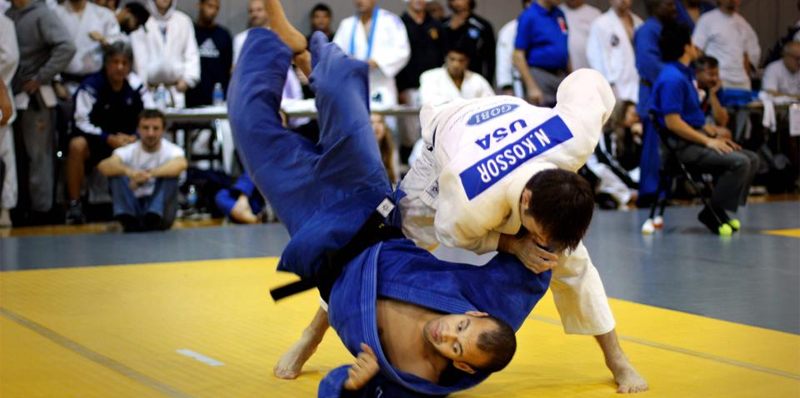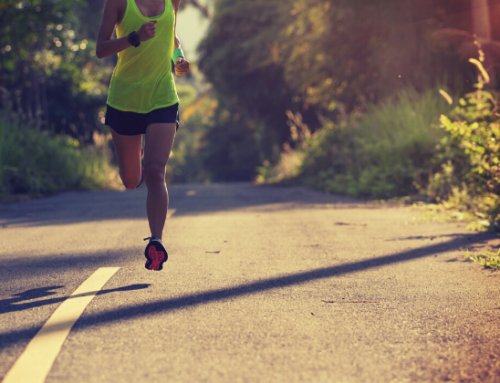by Nick Kossor, SPT
(*Note: Nick Kossor was formerly ranked among the top 30 in the world for competitive Judo. Kossor is both the 2008 and the 2010 US National Champion, and represented the United States in many international competitions including 5 World Championships, 4 Pan-Am Championships, the World Cup-Tbilisi, the French Open, San Salvador and Isla Margarita.)
Grappling Sports Injury Prevention
Having practiced judo for 28 years across 5 continents, I have noticed various patterns within the sport. Many of these patterns also extend into other grappling sports such as jiu-jitsu and wrestling. One of these is injury patterns.
The two more common joints any grappler may experience are trauma to the knee and the shoulder. Knee and shoulder injuries can plague the career of practitioners of any grappling discipline, regardless of their level. Specifically, these injuries typically involve the ACL, the meniscus, the rotator cuff, and the labrum. The ACL is one of four ligaments deep within the knee joint that prevents the tibia moving forward from the femur while the meniscus refers to a layer of cartilage that provides padding and shock absorption between the tibia and femur.
How PT Can Help Protect/Rehabilitate the ACL & Meniscus
Strengthening
- Muscles help hold our joints in place. Stronger muscles will keep a joint more stable and less susceptible to injury. Physical therapists know which muscles to strengthen to optimize the protection and utilization of specific joints.
Proprioception
- The ability to feel where your joints are in space can be trained and improved upon. If the body has a better understanding of your joint’s “end range”, your muscles will be able to contract more efficiently to prevent going past that range and causing damage.
Biomechanics
- A physical therapist knows the way joints are supposed to move down to the most minute degree. By identifying movement deficits, physical therapists can restore optimal and efficient movement to a targeted area, to minimize the strain on those joints.
How PT Can Help Protect/Rehabilitate the Rotator Cuff & Labrum
The rotator cuff refers to a group of four muscles that surround the shoulder joint, that control the movement of the arm in different directions. The labrum is another layer of cartilage between the head of the humerus and the scapula that keeps the shoulder from sliding out of its socket.
Strengthening
- Much like the knee, physical therapists know which exercises to prescribe to maximize the protective capabilities of the muscles in the shoulder.
Proprioception
- Proprioception is an important feature of any joint. Being able to feel where your arm and shoulder are in space is just as important as being able to feel your knee position.
Biomechanics
- The shoulder is a “ball & socket” joint and has very complex biomechanics. Physical therapists have an expert level understanding of how the shoulder should move for optimal usage.
If you are a practitioner of any grappling sport, it would be wise to take steps that minimize the chances of experiencing any one of the previously mentioned injuries. HaviSayng had all of them myself, I can say first hand that the recovery can be long and demanding. Adhering to the plan given by physical therapists allowed me to rehabilitate as quickly as possible from my injuries, and can do the same for you.
For more information on grappling sports injury prevention, or to make an appointment for an evaluation or treatment of neck or shoulder pain, contact us at one of our two physical therapy clinics at 518-289-5242 (Malta) or 518-289-5242 (Queensbury). Visit our physical therapy blog for information on injury prevention and treatment for all types of sports injuries, and learn more about how physical therapy can keep you in the game!






